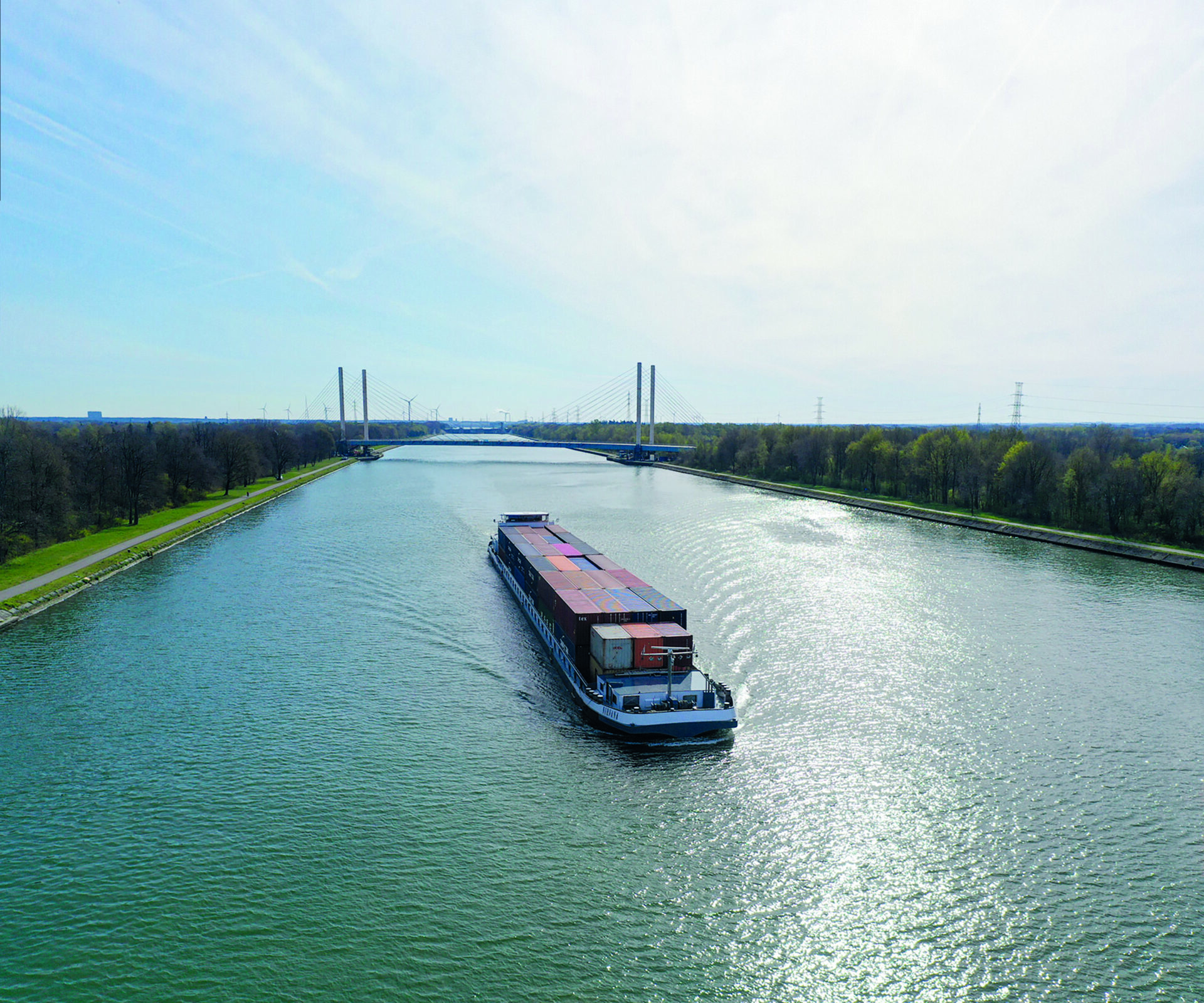The Albert Canal is a significant economic hub within the so-called North Sea-Mediterranean corridor. A large portion of the traffic on the canal consists of container transport.
To meet the needs of the expected increase in goods in general and container transport in particular, the bottlenecks on the Albert Canal had to be addressed, notably the insufficient clearance height of a significant portion of the bridges and the limited width of the canal between Antwerp and Wijnegem. These bottlenecks hindered the economic growth of the Albert Canal and the strengthening of inland navigation as an essential logistics link in Flanders.
Ensuring that all bridges have a minimum clearance height of 9.10 meters presents opportunities for Short Sea Shipping, four-layer container transport, three-layer high cube container transport, and larger project cargo (large single-piece loads).
